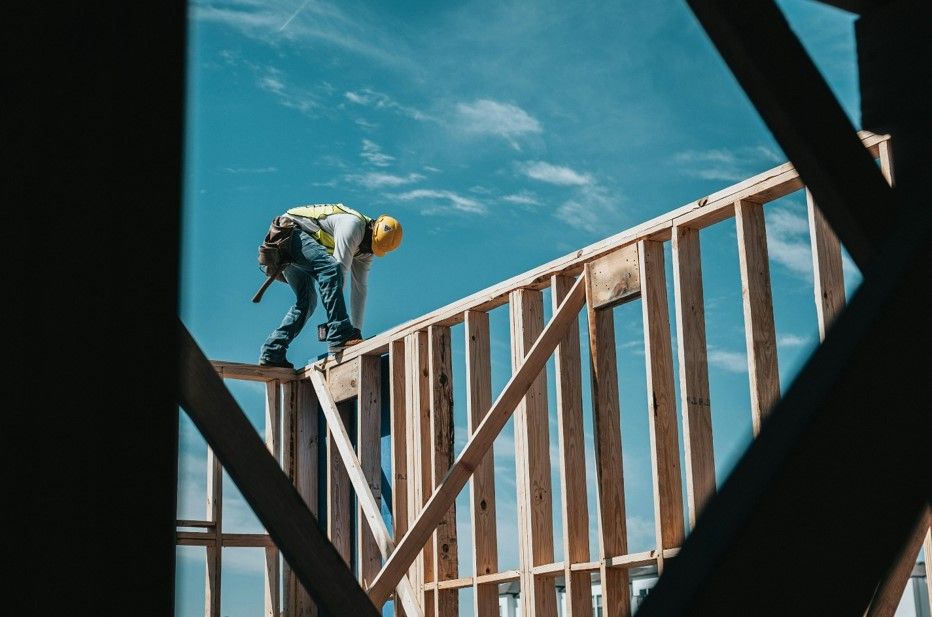Construction, eNews, Government
State and Federal Infrastructure Funds Set to Increase This Year

The Bipartisan Infrastructure Deal passed in 2021 provided a multibillion-dollar investment of roughly $1.2 billion into infrastructure and waterways, repair and maintenance backlogs, reductions in emissions and other low-carbon technologies. This deal has greatly impacted the construction industry and economy today.
States are expected to increase highway and bridge capital spending by 10% in FY 2023—growing from $108 billion to $121 billion, according to a report from Headlight. Largest funding increases are expected in Idaho, Hawaii, Arizona, Florida, Illinois, Kentucky, Kansas, South Dakota and Maine, per the report.
Many think of infrastructure being limited to roads and bridges, but it also includes other aspects such as education and healthcare. The Infrastructure Bill has kept the economy moving forward, said Chris Ring of NACM’s Secured Transaction Services. One part of the relief package is dedicated to school projects in order to spark an uptick in school investment projects over the summer. But supply chain and labor shortage issues created several challenges for districts that needed to spend funds federally by set deadlines.
“Elementary and Secondary School Emergency Relief (ESSER) funds were able to upgrade HVAC systems to have better filters for air quality inside schools,” explained Ring. “Those funds are due to be released this summer, but it’s a matter of those funds actually moving forward and reaching fulfillment.”
Congress approved the pandemic ESSER funds in 2020 and 2021, however, it can take months to years to plan and execute construction projects. “The money has been very beneficial to allow us to complete projects that we hadn’t even thought about before the money became available,” said Martin Romine, director of finance for Zuni Public Schools. “We’re hopefully making a difference in how kids view school and in their enthusiasm levels about coming to school, because we’re doing things that haven’t been done before.”
In 2022, funds for shovel-ready projects were sent out immediately. These are projects that have already been approved to move forward, but are awaiting approval to go from the federal to state levels. With major infrastructure investments, these projects are expected to receive approval quickly as funding increases for the FY 2023. The federal investment is driving 75% of revenue growth in state DOT budgets, with most growth seen in federal reimbursement to states, per Headlight.
Can technology add to the increases in infrastructure funds? Many infrastructure sectors also may see an impact and shift through technology. Technology use can save time and reduce unnecessary costs as well. One example is the use of drones to conduct bridge inspections—and these tools can help construction workers create electronic models of any infrastructure and minimize errors. Overall, some construction professionals believe technology use can help lead to a better impact for infrastructure projects and add to fund increases in coming years.
You also can join our Construction Credit Thought Leadership Discussion group to network with others in the industry.





